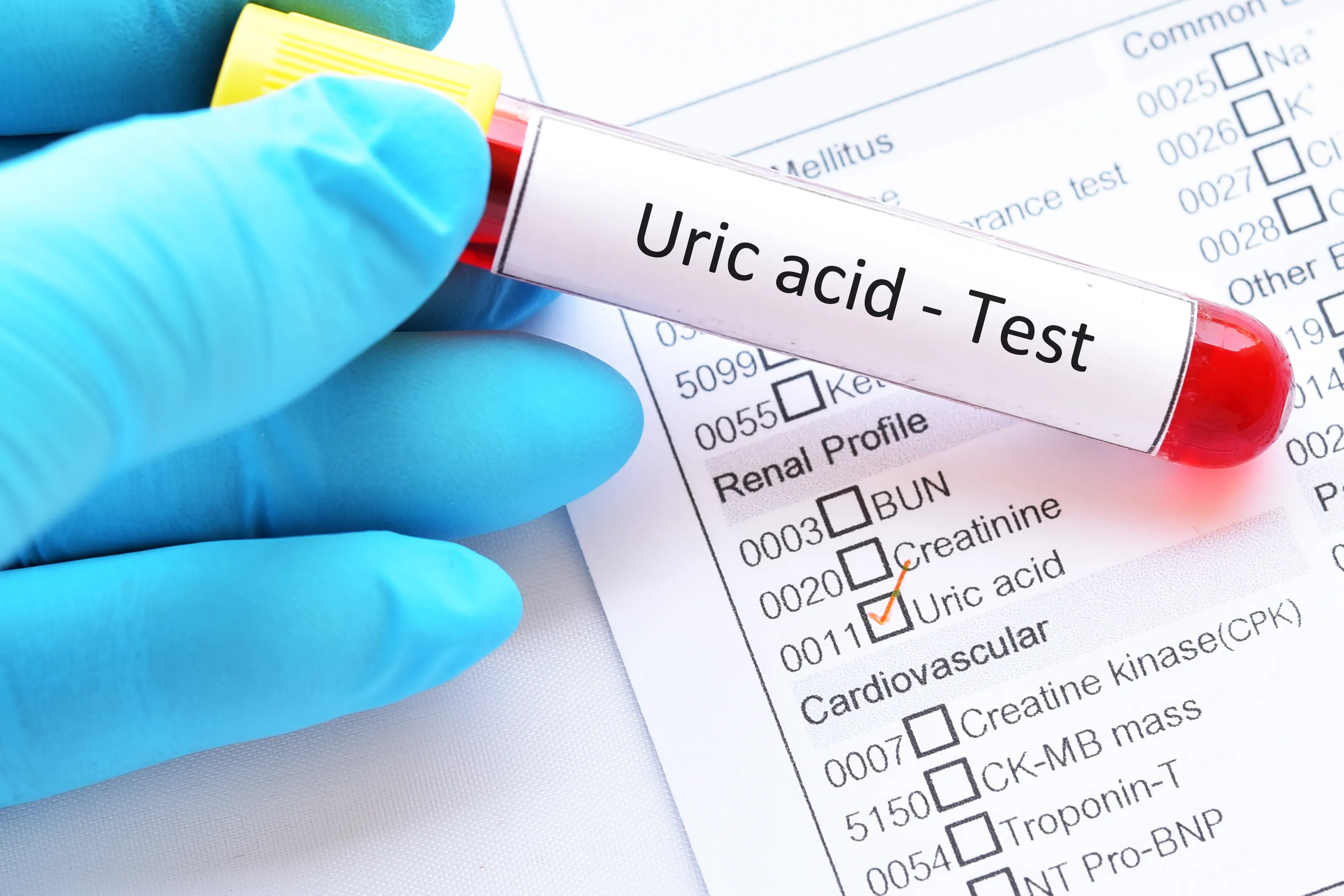Uric Acid, Serum
A uric acid test is a test that is performed either by taking a urine sample or taking a blood sample. The goal of this examination is to know the percentage of uric acid in the body. Uric acid is produced as a result of the breakdown of purines, which are substances that the body produces naturally or when eating foods rich in purines. Read More
KD 5.00


